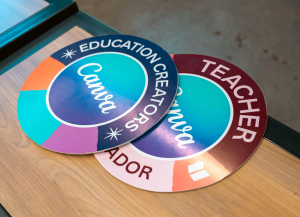Sure! Here's a short summary of an essential computer repair course:
Essential Computer Repair Course – Summary
This course covers the fundamental skills needed to diagnose, repair, and maintain computers. Key topics include:
-
Hardware Basics: Understanding internal and external components like CPU, RAM, hard drives, and peripherals.
-
Tools & Safety: Using proper tools and practicing safe handling (e.g., anti-static precautions).
-
Operating Systems: Installing and troubleshooting Windows, Linux, and macOS.
-
Troubleshooting: Solving common hardware and software problems.
-
Hardware Replacement: Upgrading or replacing parts like RAM, storage, and power supplies.
-
Networking Basics: Setting up and troubleshooting wired and wireless networks.
-
Data Management: Backing up and recovering data.
-
Maintenance: Cleaning, optimizing, and securing systems.
-
Customer Service: Effective communication and documentation practices.
- Teacher: Ronald Too

